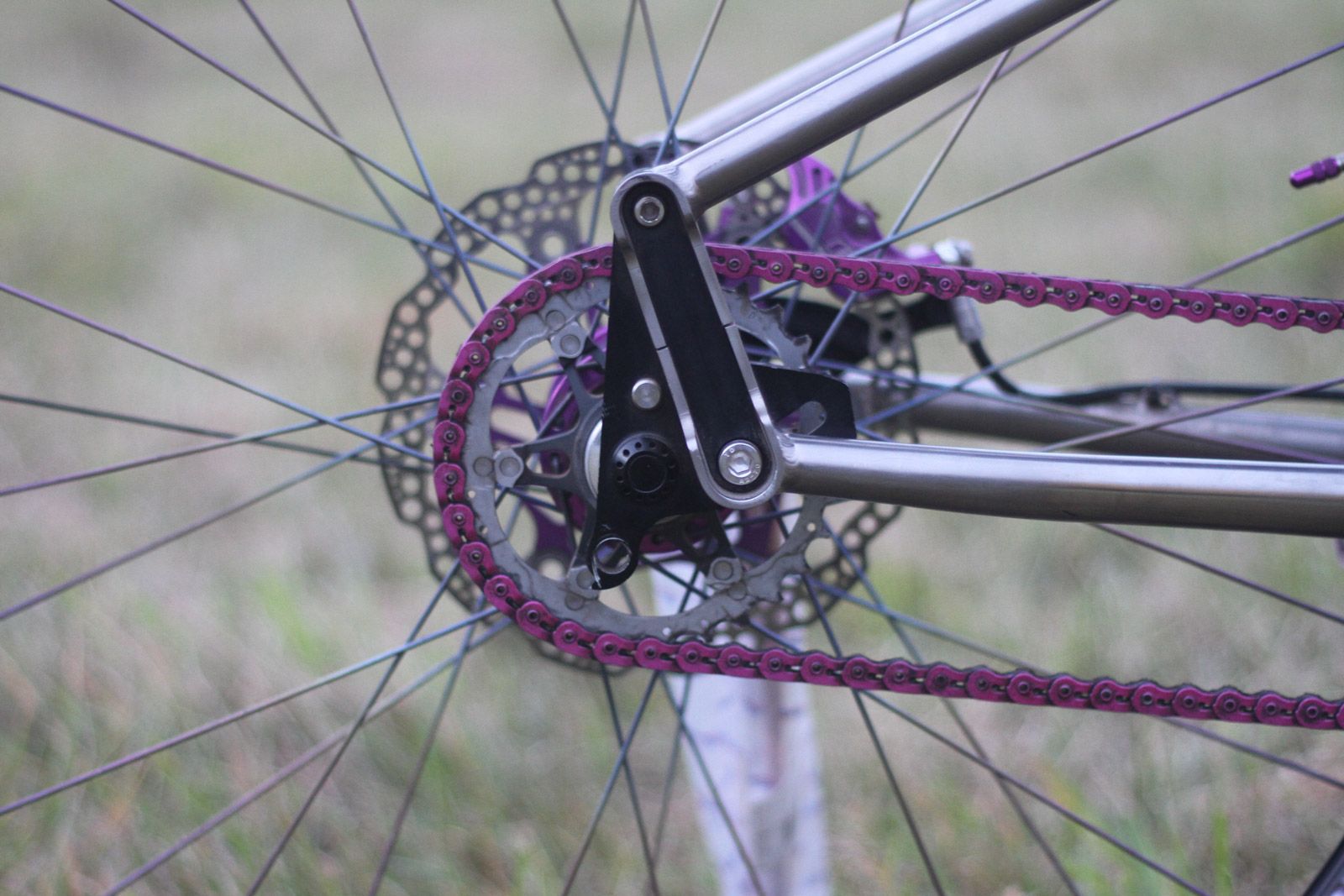Many months ago, I met a guy named Ian Atkinson, a bike rider whose enthusiasm for riding bikes was matched only by his enthusiasm for trying new things, as demonstrated by the single-speed titanium hardtail he chose to race the Scottish Enduro Series on. Aside from the fact that you have to be quite hard to ride a hardtail at such an event, and even harder ride it single-speed, Ian’s eye-catching bike was so because of its rather unusual dropouts. Attention grabbed, we hopped on a call with Steve Olsen, designer of the aforementioned dropouts, and proprietor of Olsen Bikes.
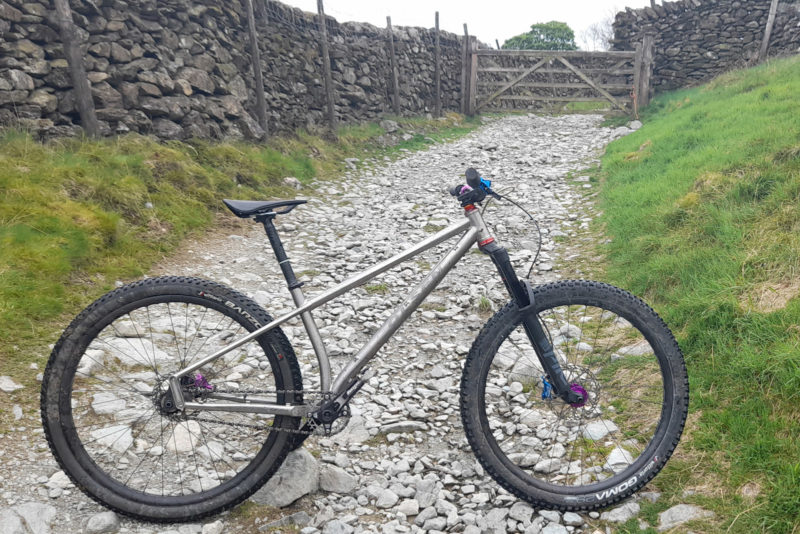
Steve, an adventure cycling enthusiast from New Zealand, has for the last 22 years made the UK his home and, since 2013, the base for his frame business. He has a long history of working in the bike industry, having held product design roles at On-One Bikes and Cooper Bikes. However, judging from the array of off-road bicycles for sale on the Olsen Bikes website, it’s clear Steve’s design ideas needed their own freedom to thrive. In line with their intentions, Steve’s bikes are named after places and events that have inspired him over the years. All are titanium, and all feature Olsen’s unique RocknRollOut Dropouts.
Olsen Adventure Bikes with “RocknRollOut” Dropouts
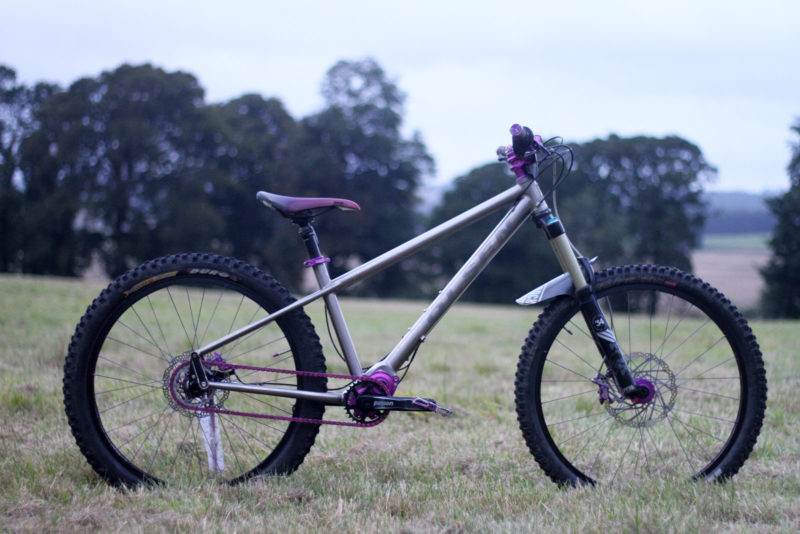
We got a close up of the Corrour and Mokihinui, Olsen’s enduro and trail hardtails, respectively. As mentioned, it was the unusual rear-end of these titanium hardtails that really caught our attention. At first glance, the dropouts look very much like Salsa’s Alternator 2.0 dropouts. Indeed, they are functionally very similar in that they allow for the fine-tuning of chainstay length necessary for tensioning the chain when running a single-speed drivetrain. Olsen’s dropouts allow for a little more swing though – 25mm as compared to the Alternator’s 17mm.
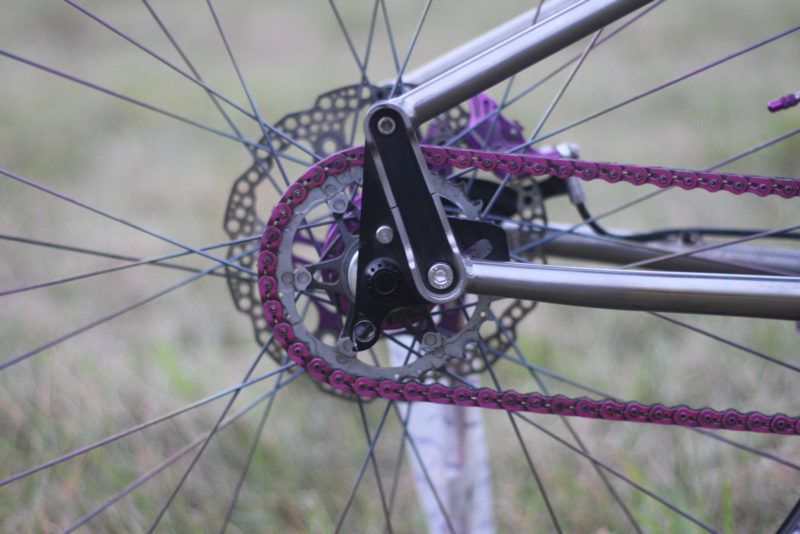
Looking more closely at the rear-end, you’ll see there’s a bit more to it than that. By virtue of Olsen’s unique design, his frames are compatible with both traditional derailleur-mediated multi-speed drivetrains and single-speed drivetrains, as well as Gates Carbon Drive Belts. To accomodate the latter, the rear triangle can be split where the dropouts bolt to the frame. Visible on the drive side, a black “joining plate” can be removed to allow the chainstays and seat stays to separate. They can be flexed just enough to allow a Gates Carbon Drive Belt through.
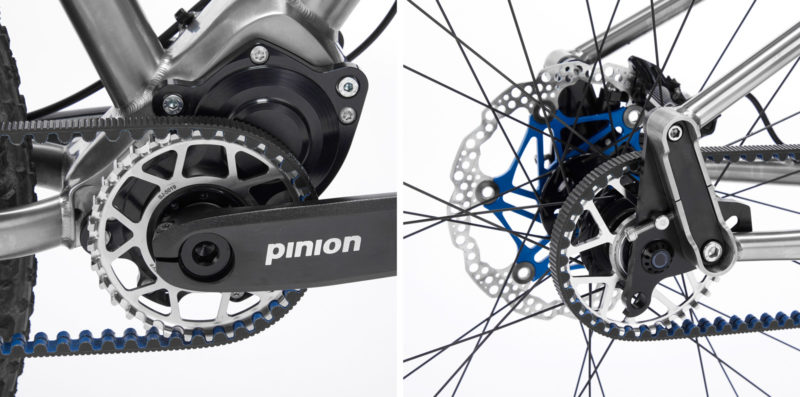
Like many, Steve is of the opinion that Gates Carbon Drive is the gold standard when it comes to low maintenance, reliable drivetrain performance. In line with his “go far and fast” ethos, Steve put a lot of emphasis on making the RocknRollout Dropout compatible with it.
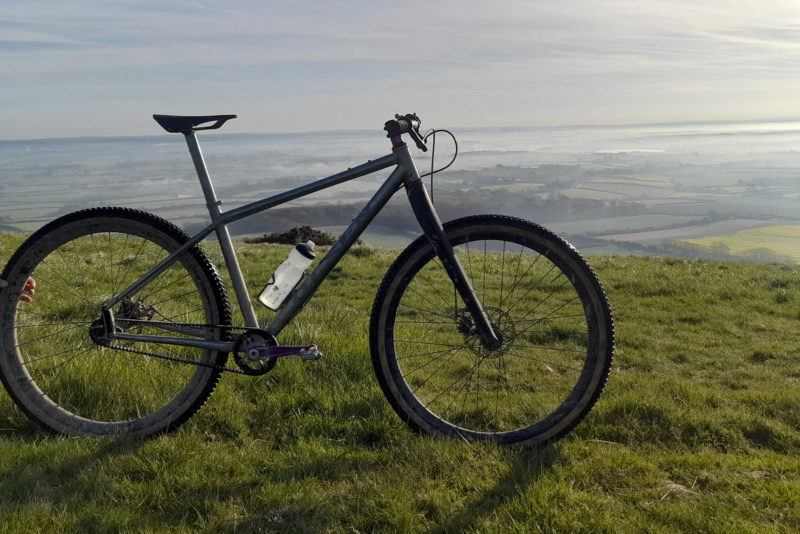
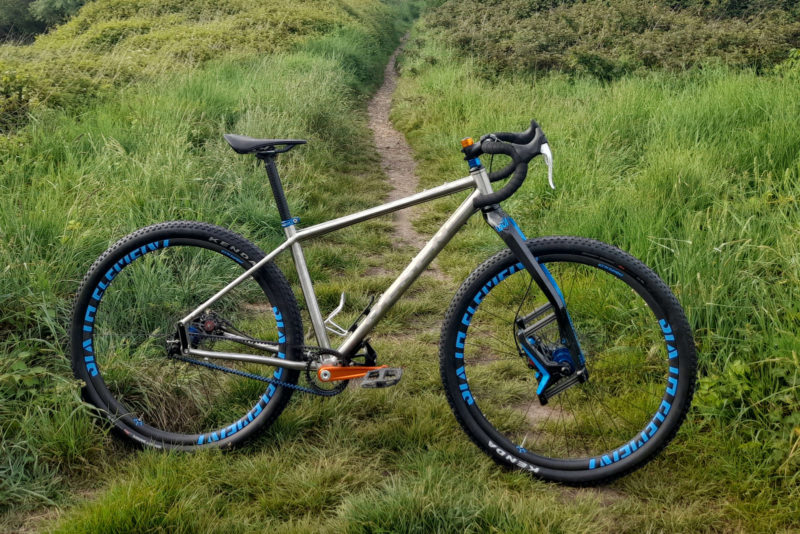
Olsen’s Karapoti cross-country bike and Punakaiki Gravel bikes are marketed with the Gates Carbon Drive but all of his frames can accept it. That versatility and reliability are at the heart of Steve’s designs. We see more evidence of that on the non-drive side, where the rear brake caliper is positioned inboard of the chainstay to allow for easy fitment of a rear rack should you wish to use the bike for bikepacking.
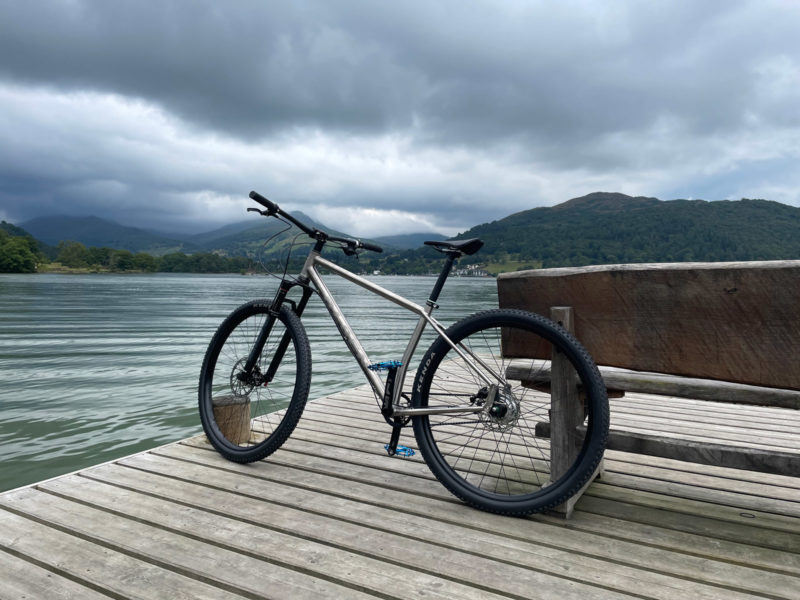
Most Olsen Bike frames run 142mm rear-end spacing, simply because it is backwards compatible with 135mm. Both of those standards are common on internal hub gears, including those from Kindernay and Rohloff, while the Shimano Alfine 11 goes with 135mm. You can see where i’m going with this; yet again more versatility. Olsen’s frames give the rider freedom to choose from a wide range of traditional derailleur-mediated multi-speed drivetrains or the relatively longer-lasting, lower maintenance internal gear hub options. Or, if funds don’t allow, the humble single-speed setup, with or without the Gates Carbon Drive Belt (again, funds permitting).
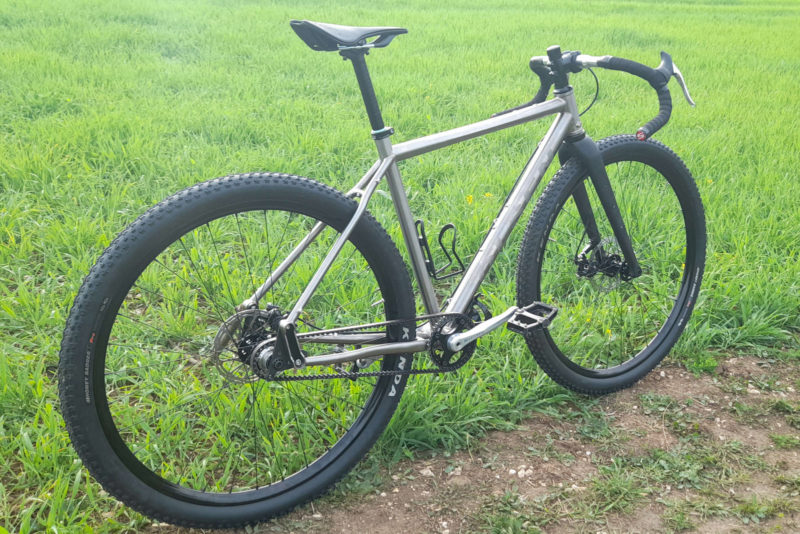
While Steve is based in the UK, all Olsen frames are made from aircraft grade titanium in a factory in Asia. Geometry charts, pricing and availability info can all be found on the Olsen Bikes website.
